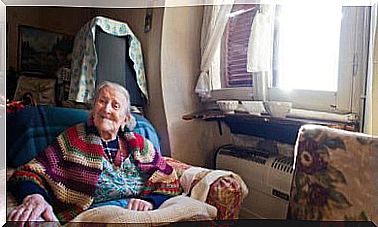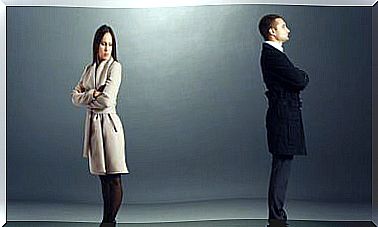Mindfulness: The Journey Through An Unknown City

Mindfulness is the buzzword. Left and right, whoever you ask, everyone knows someone who has practiced it, tried it, or been told about it. In coffee shop conversations, on the bus, or at family gatherings, it seems that the magic answer to stress whining is meditation. Specifically mindfulness.
But what happens when we can’t stop? What happens when the hours are overflowing? In the end, responsibility says that one hour should be set aside for exercise, another for personal free time, another for social leisure, another for meditation…. With this premise, it is difficult to even consider stopping those 10 minutes of necessary disconnection.
A twist on mindfulness
Lately, currents have appeared that adapt this philosophy to the current routine. Why not add the tools of meditation to that moving train? The author Rohan Gunatillake proposes a new form of disconnection and for this he uses three fundamental principles:
- Turn mindfulness into a primarily mobile activity.
- Mindfulness should be governed by what everyone wants, not by tradition.
- Make technology part of the solution, not the problem.

Despite the difficulty of finding a way to relax, what the author proposes is a dynamic way to disconnect, creating moments to connect with what is happening “here and now.”
New ways to reconnect
When we travel and walk through new towns and cities our brain is in that moment. Attention flies to the details, to the shop windows, to the cornices and even the people we pass. Everything indicates that we are not in a known place so that we put aside the automatisms.
There are always details ignored. Why not open the mind to genuine sensations, fostering interest in something that is unnoticed through habituation in our lives? Getting into the shoes of a tourist in our own city can help us connect with the present moment.
Another of Rohan Gunatilla’s advice targets one of the most sensitive areas, the face. In it many stimuli are collected from what surrounds us. He proposes to use it as an “antenna” that collects elements from the environment. Wind, heat, humidity.
Direct attention to our face and what we can feel through the skin that covers it reinforces the feeling of being in a place, in an instant. We will manage to separate the past and the future for a few moments by focusing on the now.
In addition, at La Mente es Maravillosa we have an online course to apply Mindfulness in our day to day, taught by Félix Torán, which can help you enhance your well-being and awaken your consciousness about the present.
Technology can help us, get into airplane mode
The mobile phone is an element that connects us at all times with the social, the work and the informative. We have access to everything and everyone has access to us at any time. From a practical point of view, that which connects with everything at the same time at the same time can be the bridge to disconnection just as effectively.
There is a point from which it is very difficult for us to turn off the mobile. Accepting this, why not put the phone in airplane mode during a dinner, a movie or at a time to put mindfulness tips into practice? Turn the argument around and with the same ease that we connect, disconnect.

A threat to “airplane mode” is configured by thoughts of the future and the past. One of the most common ways to waste time is to take our minds to places where we cannot act. The first step to letting go of these thoughts is to be aware that they are invading us.
It is convenient to make visible all the minutes and moments that we lose in them. Every time the mind travels to places where the proposal should not be, it is verbalizing them. Tell yourself “past” or “future” and write it down.
At the end of the day, how much time have you invested in moments? Was it really necessary? What have you stopped doing or thinking while traveling in time? The message is clear regarding connecting with the present. You learn from the past and the future is a great source of investment, but never enough to allow our present to collapse.









